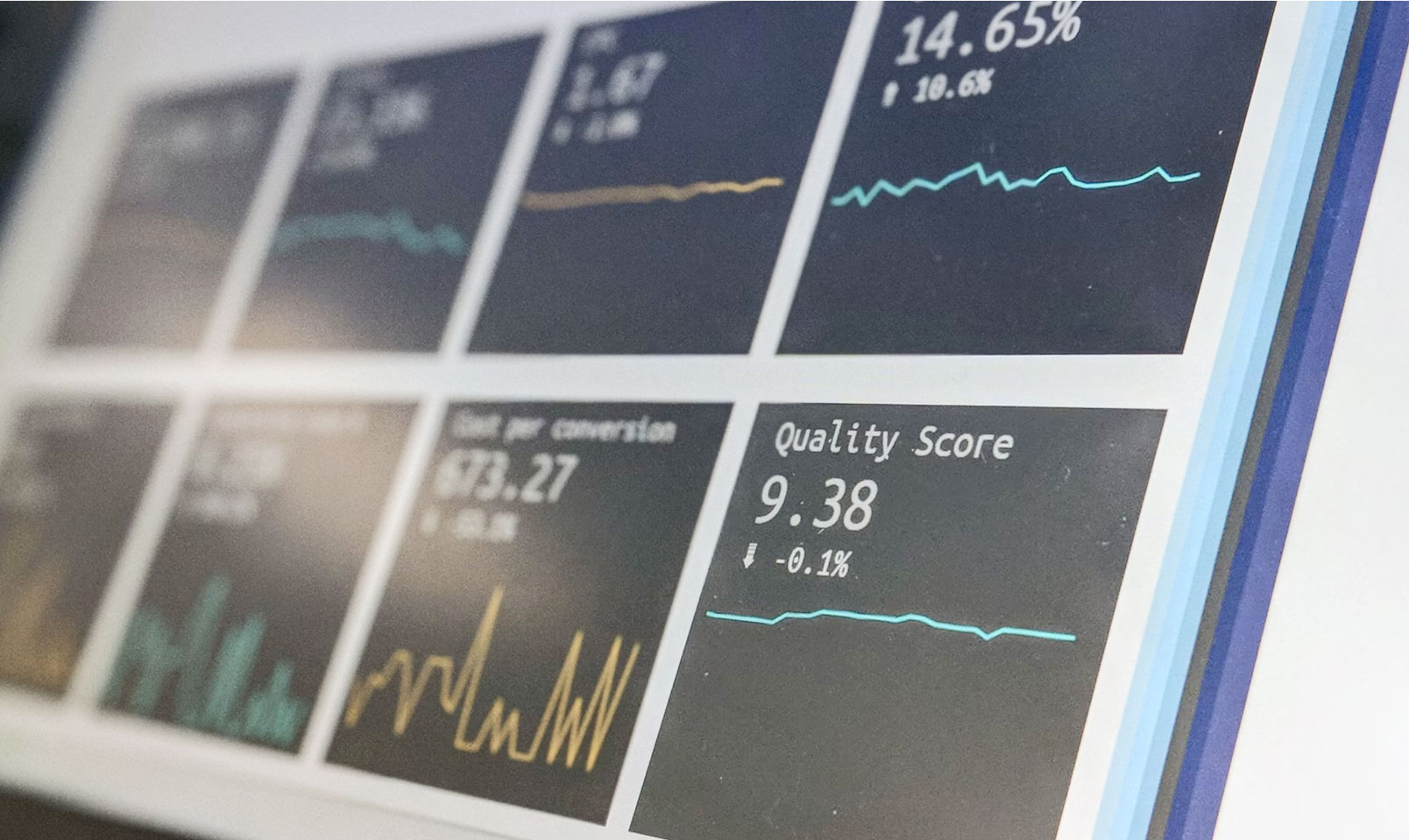Introduction
1- Presenting data without context
2- Reporting isolated percentages
3- Displaying numbers with different scales
Know our services
Digital marketing metrics are a fundamental tool when designing campaigns and optimizing your results. However, when presenting and measuring the data, some common mistakes are often made, which are actually very easy to solve. Do not overlook these aspects, and you will be able to improve your results and gain a competitive advantage for your company.
Here are the three main mistakes, and if you read till the end, you will find a piece of advice that will help you further optimize your reports:
1- Presenting data without context
Numbers mean nothing by themselves. Metrics are just numbers until they are placed in a specific situation and analyzed. The only way to know if 20,000 impressions or a 30% open rate indicate something to improve or congratulate the team is to understand the context in which that data fits.
One way to put the data into context is to compare it with other companies in the same industry. By knowing the average number of impressions or openings, you can better analyze the results of your campaigns and evaluate your strategy. This way, you will identify elements for improvement and ones that you can repeat because they are working.
If you have run previous campaigns, you can challenge yourself to surpass the previous metrics. Puedes proponerte como meta aumentar un indicador específico y, a la hora de presentar informes, comparar la evolución del mismo.
Another way to put the data into a global perspective is to consider the cost of running the campaigns. Before celebrating the results, compare them with the money invested in the campaign.
These three elements will provide context to your report, which will not only tell you if your campaign worked or not but will also help you make more informed decisions.
2- Reporting isolated percentages
Often, in the attempt to simplify and shorten reports, percentages are presented without any reference value, making it challenging to understand what they mean.
Stating that the number of subscribers increased by 200% could mean that it went from 100 to 300 people or from 3000 to 9000, a difference that changes the situation completely.
This error can imply that you don’t fully understand the data and its value when making decisions. It may also seem like you’re trying to hide something or make the situation appear more favorable.
The solution is quite simple: just like in the previous point, provide more context to your percentages and connect them with the most relevant figures .
3- Displaying numbers with different scales
When reporting metrics like views and likes, different number formats are often mixed: 11.2K, 10M, 300,124. When presenting data, make sure that the recipient can interpret them as easily as possible.
To achieve this, ensure that the figures have the same scale. This way, your audience won’t require additional effort to interpret them. Additionally, expressing numbers on the same value scale will provide a clearer perspective and make it easier to compare values.
The way data is presented is crucial: define the point that will receive the most attention, as it directly impacts how the information will be interpreted. By considering these points, you can avoid common mistakes that are also easily preventable.
If you’ve made it this far, here’s one more piece of advice to consider when conducting measurements:
Learn from what you’ve done and adapt to what’s coming.
Don’t wait until a campaign ends to examine the results and learn from them. From the moment you launch your ads, start observing performance and making necessary changes – relevant data is available from the beginning.
Changing strategy on the fly isn’t easy, but it can have a significant impact on final results and, above all, campaign profitability.
Measurement reports are a key tool when planning marketing campaigns, but only if used correctly. Proper interpretation of statistical data and an executive presentation will help you better understand the scope of your work and communicate the impact of your strategies correctly.
If you consider these elements, your reports will be a crucial asset and become a competitive advantage for your company. What are you waiting for to improve them?






